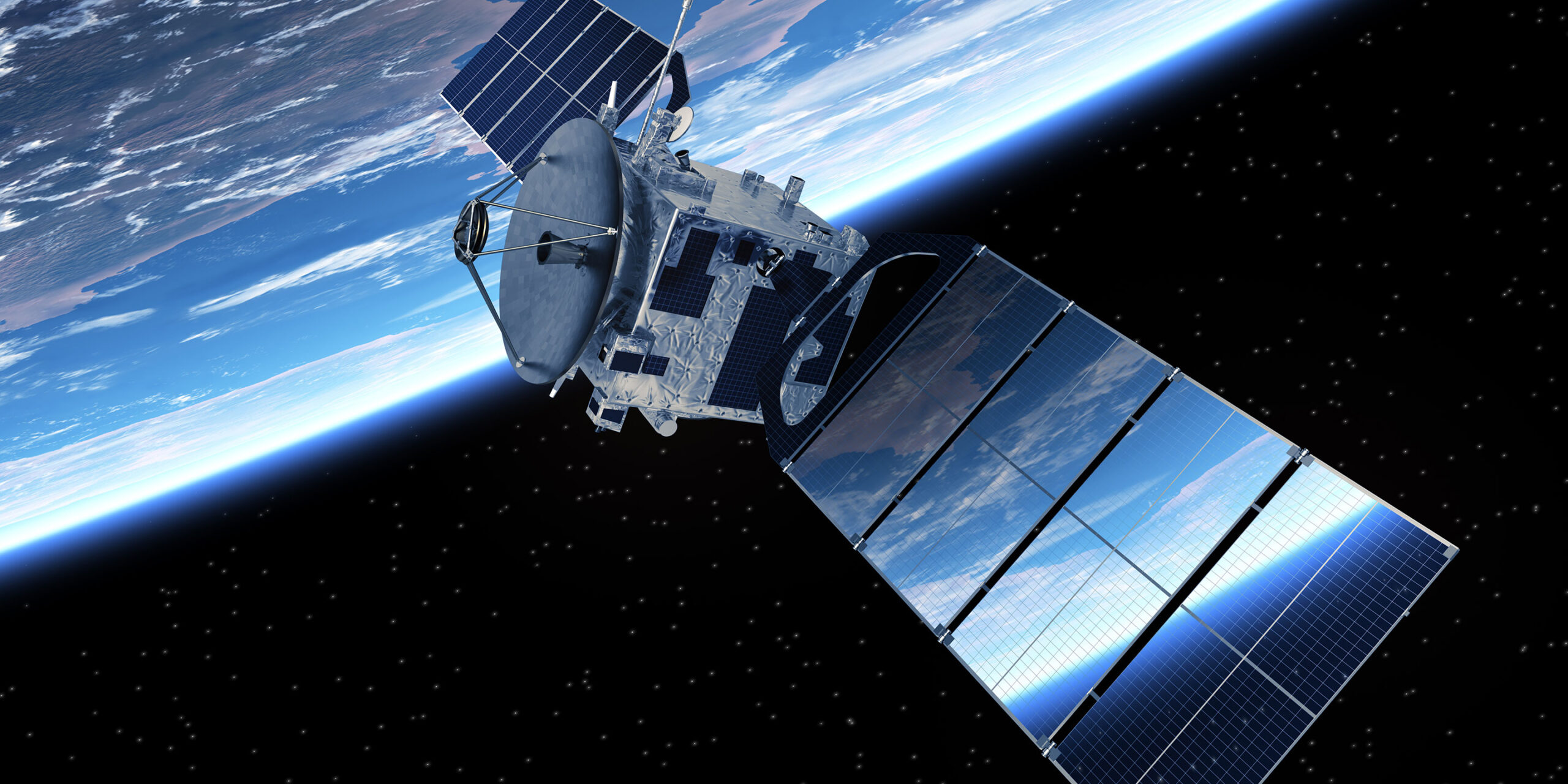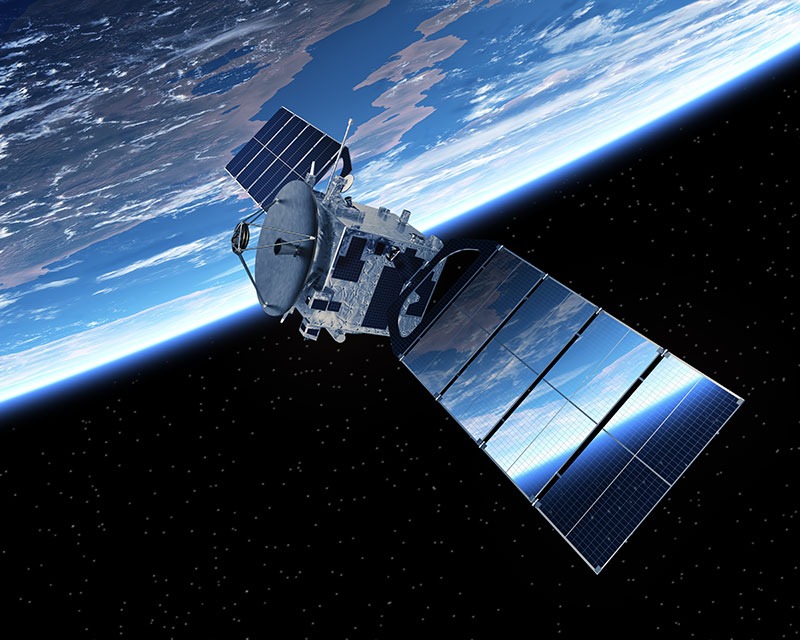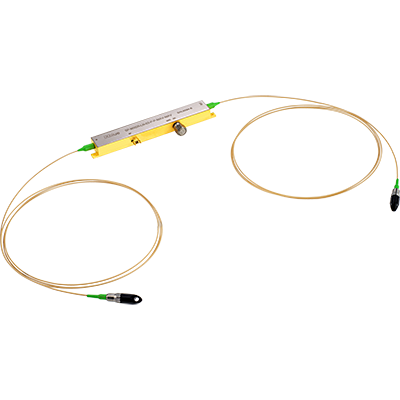Laser Communication in Space


Photonics systems, sub-systems and components are found in an increasing number of applications of many high technology industry segments.
This remark applies particularly to space-embarked systems, which rely on the versatility and reliability of photonic systems to realize many of the critical functions needed to insure their safe and durable operation.
Performance
| Operating wavelength | 800 nm | 1060 nm | 1550 nm |
|---|---|---|---|
| Modulator types | Phase, amplitude, IQ | Phase, amplitude, IQ | Phase, amplitude, IQ |
| Modulator bandwidth | Low frequencies up to 40 GHz | Low frequencies up to 40 GHz | Low frequencies up to 40 GHz |
| Insertion loss/Phase modulators | 3.5 dB | 3 dB | 2.5 dB |
| Insertion loss/amplitude modulators | 4.5 dB | 3.5 dB | 3.5 dB |
| Amplitude modulator extinction ratio (ER) | >20 dB | >30 dB | >30 dB |
| Polarisation Extinction Ratio (PER) | >20 dB | >20 dB | >20 dB |
| Optical input signal | Up to 25 mW | Up to 300 mW | Up to 200 mW |
| Operating wavelength | 800 nm | 1060 nm | 1550 nm |
|---|---|---|---|
| Modulator types | Phase, amplitude, IQ | Phase, amplitude, IQ | Phase, amplitude, IQ |
| Modulator bandwidth | Low frequencies up to 40 GHz | Low frequencies up to 40 GHz | Low frequencies up to 40 GHz |
| Insertion loss/Phase modulators | 3.5 dB | 3 dB | 2.5 dB |
| Insertion loss/amplitude modulators | 4.5 dB | 3.5 dB | 3.5 dB |
| Amplitude modulator extinction ratio (ER) | >20 dB | >30 dB | >30 dB |
| Polarisation Extinction Ratio (PER) | >20 dB | >20 dB | >20 dB |
| Optical input signal | Up to 25 mW | Up to 300 mW | Up to 200 mW |
Environment
| Operating temperature (full performances) | 0°C to +70°C | 0°C to +70°C | 0°C to +70°C |
|---|---|---|---|
| Non operating temperature | -40°C to 85°C | -40°C to 85°C | -40°C to 85°C |
| Vibration | 2.5 min/axis, 33.6 gRMS | 2.5 min/axis, 33.6 gRMS | 2.5 min/axis, 33.6 gRMS |
| Shock (some type of packages sucessfully tested up to 2,000 g) | Level up to 1,000 g, 0.2 – 10 kHz | Level up to 1,000 g, 0.2 – 10 kHz | Level up to 1,000 g, 0.2 – 10 kHz |
| Radiation | Gamma ray 352 Krad (Si) / Proton 1011 p/cm2 (60 Mev) | Gamma ray 352 Krad (Si) / Proton 1011 p/cm2 (60 Mev) | Gamma ray 352 Krad (Si) / Proton 1011 p/cm2 (60 Mev) |
| Lifetime | Up to 15 years GEO | Up to 15 years GEO | Up to 15 years GEO |
| Missions compatibility | GEO, EOR, MEO and LEO | GEO, EOR, MEO and LEO | GEO, EOR, MEO and LEO |
| Operating temperature (full performances) | 0°C to +70°C | 0°C to +70°C | 0°C to +70°C |
|---|---|---|---|
| Non operating temperature | -40°C to 85°C | -40°C to 85°C | -40°C to 85°C |
| Vibration | 2.5 min/axis, 33.6 gRMS | 2.5 min/axis, 33.6 gRMS | 2.5 min/axis, 33.6 gRMS |
| Shock (some type of packages sucessfully tested up to 2,000 g) | Level up to 1,000 g, 0.2 – 10 kHz | Level up to 1,000 g, 0.2 – 10 kHz | Level up to 1,000 g, 0.2 – 10 kHz |
| Radiation | Gamma ray 352 Krad (Si) / Proton 1011 p/cm2 (60 Mev) | Gamma ray 352 Krad (Si) / Proton 1011 p/cm2 (60 Mev) | Gamma ray 352 Krad (Si) / Proton 1011 p/cm2 (60 Mev) |
| Lifetime | Up to 15 years GEO | Up to 15 years GEO | Up to 15 years GEO |
| Missions compatibility | GEO, EOR, MEO and LEO | GEO, EOR, MEO and LEO | GEO, EOR, MEO and LEO |
Mechanical Interface
| Mass | 120 g | 120 g | 120 g |
|---|---|---|---|
| Package size | 110 x 15 x 9.7 mm3 or customized design | 110 x 15 x 9.7 mm3 or customized design | 110 x 15 x 9.7 mm3 or customized design |
| Fibers jacket | Ø1 mm PEEK tube | Ø1 mm PEEK tube | Ø1 mm PEEK tube |
| Mass | 120 g | 120 g | 120 g |
|---|---|---|---|
| Package size | 110 x 15 x 9.7 mm3 or customized design | 110 x 15 x 9.7 mm3 or customized design | 110 x 15 x 9.7 mm3 or customized design |
| Fibers jacket | Ø1 mm PEEK tube | Ø1 mm PEEK tube | Ø1 mm PEEK tube |
Trusted by
Publications
-
Laser ranging interferometry with sub-nm noise over 200 km between the GRACE Follow-On satellites
Physical Review Letters 123, 031101 – 2019
The Laser Ranging Interferometer (LRI) instrument on the GRACE Follow-On mission was turned on in June 2018, four weeks after the launch. After a brief checkout, the instrument acquired lock immediately and measured the biased range of about 220 km between the two spacecraft over many days without interruption…
More informations -
Assessment of the performance of DPSK and OOK modulations at 25 Gb/s for satellite-based optical communications
ICSOS – 2019
Airbus Defence and Space developed with its partners iXBlue and CILAS an engineering breadboard (EBB) model of optical communication chain able to manage non return to zero (NRZ) on-off-keying (OOK) and differential phase shift keying (DPSK) modulations at 10 Gb/s and 25 Gb/s. The EBB includes a digital processing unit (DPU), an optical transceiver (Tx/Rx) and a 5 W-optical booster.
Download -
International Conference on Space Optics
ICSO – 2018
This paper presents the technical solutions implemented with the support of the French Space Agency (CNES) to design and manufacture hermetic Lithium Niobate (LiNbO3: LN) modulators, in the framework of a Research & Technology (R&T) project [1]….
Download -
Recent progress on the reliability and the hermeticity of space grade LiNbo3 modulators
ISROS – 2016
In collaboration with the French Space Agency (CNES), a reliability study of lithium niobate (LiNbO3) modulators manufactured by iXBlue PSD, SA (former Photline Technologies), was previously reported. This study included a complete evaluation program and did validate lithium niobate modulators technologies for space applications ([1], [2]).
Download -
Lunar Optical Communications Link (LOCL) Demonstration between NASA’s LADEE Spacecraft and ESA’s Optical Ground Station
SpaceOps Conference – 2014
NASA’s Lunar Atmosphere and Dust Environment Explorer (LADEE) spacecraft has embarked the MIT-LL’s Lunar LasercomSpace Terminal (LLST) as a secondary payload andpart of the Lunar Laser Communications Demonstration (LLCD) experiment…
Download







